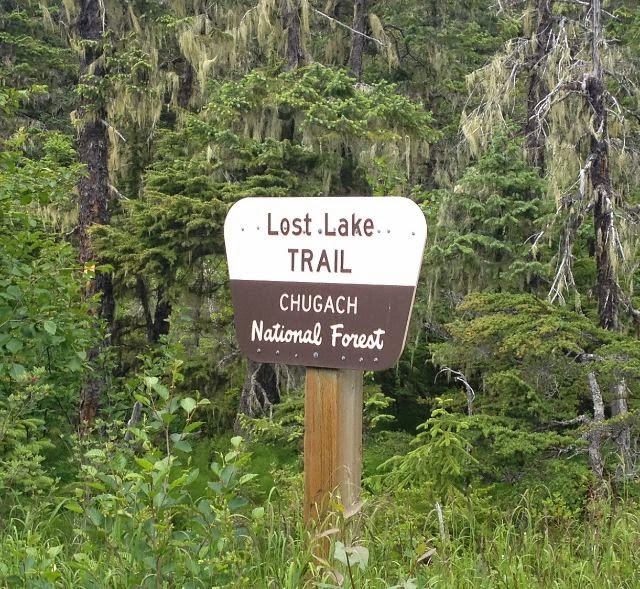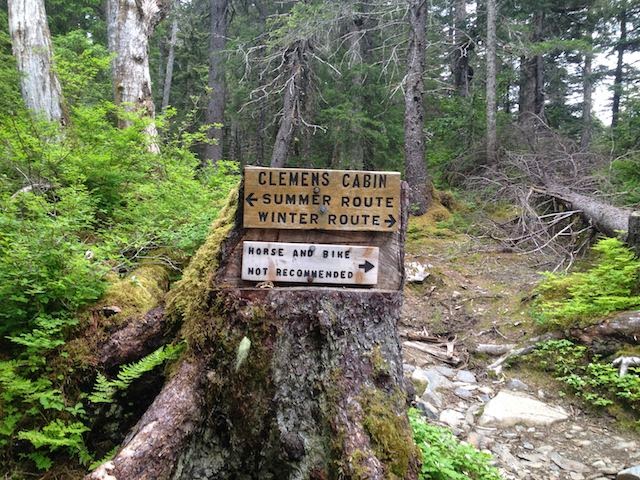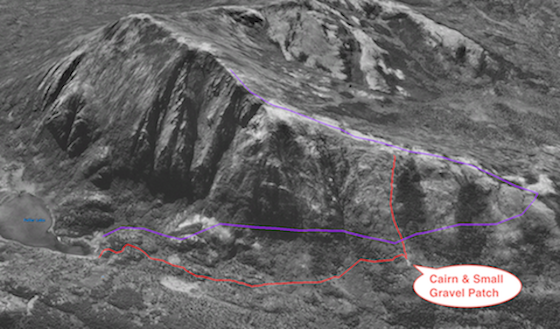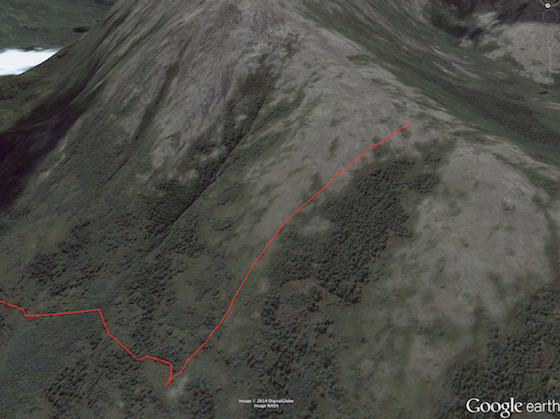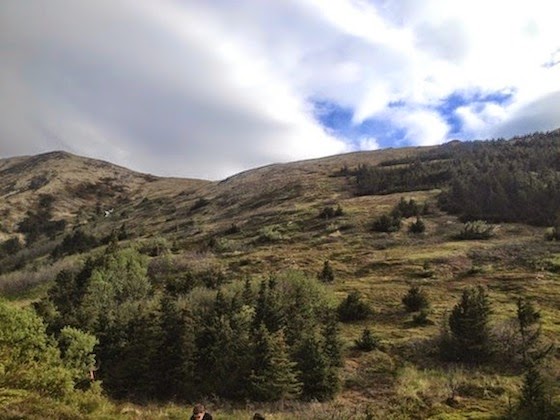I saw two troubling incidents recently on social media. Both involved the police, both involved resisting arrest, and both ended badly. Why a black lieutenant was pulled over by two squad cars remains to be seen; and why both officers presented with guns drawn, immediately creates another question: why a man who clearly understood the chain of command offered a strange passive-aggressive response? He would never tolerate his own behavior from subordinates in his profession; it seems logical to assume he was deliberately making the situation much worse than it needed to be.
The second seems, for now, more clear: an officer making a horrible mistake under pressure, another young man resisting arrest, creating a dangerous situation. It has spawned a wave of protests — a word that now encompasses burning and looting before the facts are in. Or verdicts. Or even indictments.
The chaos on January 6th was equally criminal as the looting over the last few days, but it strikes me as illustrative that one came after an exhaustive use of the legal apparatus, and the other in its complete absence. Like the George Floyd case, it was bizarre to watch nationwide lawlessness offered as the antidote to prosecuting, what appeared at the time, a slam-dunk murder conviction. No one even waited for indictments. The justice system, and if Portland or CHAZ or the “defund the police” movement were any measure, have been relegated to little more than a sort of irrelevant annoyance.
Bret Weinstien broke down some further developments on his YouTube live stream Saturday, showed pictures of the aftermath of yet more rioting in Portland. Both he an his wife were clearly exasperated at the city’s policy: downtown burns the day they receive a notice that all dogs and cats in the city will be required to be licensed. They, and many others are increasingly bewildered by the glaring dysfunction. Anarchists and BLM: one group acting or living out a brutish, violent nihilism, preaching an ideology that is childish on one extreme, and the other willfully blind to the statistics of police misconduct on the other. Neither ethos is capable of creating the very system that gives them the freedom to entertain their fantasies. Attempting to parse out what Antifa is attempting to accomplish, or contextualize the condition of the black community in America — is simply ignored, or met with a series of nihilistic tantrums. The discourse quickly descends into the mechanics of arguing with an angsty teenager. Futile.
The divide between the expressions of populism on the Right and Left is curious. One movement is typified by working within the existing system, the other is defecting to violence as a first recourse. The January 6th riot was a desperate, incoherent, act of defiance at the end of months of complex litigation and searches for proof of widespread voter fraud while months of violence have been predicated on the assertion that blacks are targeted or shot at higher rates by police — something that’s simply not in the literature. Destruction occurs before investigation, trials, or any coherent look at the facts. Police shootings as outliers events are sold as commonplace, and indicative of the system at large. Which is false and childish on its face.
The violence in turn has a compounding effect in de facto jury nullification for the incidents that spawned it — now not only will the facts not be sorted fairly the intimidation, nationwide, over the last 11 months is causing police to be defunded and demoralized, and crime rates skyrocket. A sinister feedback loop is being created, and the nation is increasingly being habituated to it. Derek Chauvin picked the wrong day to be “too much of a cop” to be sure — but his jurors have clearly been intimidated over most of the last year. There is almost no way the justice system is functioning as intended in Minneapolis at the moment.
But something even more sinister may be presenting itself.
It wasn’t very long ago that the differences and foibles of men and women — were accepted as unavoidable. The root of jokes, marital conflicts, “Men are from Mars, Women are from Venus” seemed to sum up the accepted historical experience — men as club wielding savages, women as ditsy introverts — there has been a utility to, even with an unfair stereotype, tagging each gender. Anyone who has been married for any length of time knows that it might a be a cartoon, but we all have to work within a rough approximation of that male/female dialectic.
Going one layer deeper, the way that gravity has functioned in the propagation of generations — a family — has had a fairly static formula. Public commitment of some sort, monogamy, father/mother roles held in a sort of yin/yang dialectical tension. (Christians see it as an instantiation of the Christ-Church dialectic.) The Mars/Venus hurdles as subtext, a “mystical union” — north/south poles held in tension; and electricity generated in the flux.
For children raised in that environment, the complexity of reality, the process of being and becoming, how “change” or growth is processed, become accurate, natural process, and gets “baked in” to their epistemology. In the tension between the mother and father, who experience the world and their own bodies in much different ways, a larger truth emerges. Life becomes a process of growth towards greater goals, rather than subjection to one or the other parent’s will. When a marriage is functioning optimally, that dialectic will be mapped onto the child’s consciousness — that we are not wholes, we are halves — and that to move into the future, generation to generation, we must interact with that dialectic (by faith). Anything short of this reduces the marriage to politics — a game of guilt and pity, or resentment and placation. The iterations of dysfunction are endless. But once the union is effectively broken (divorce is only an extreme case of this), one or the other parents function as a tyrant in the minds of children. (and that can be a benevolent tyrant) The ethos, the larger truth (read: religion) is lost, and a waiting game of survival or insubordination (or both) begins. Growth, in terms of the ethos is lost, and the ethos itself with it; and the very role models, the instantiation of those vehicles for change are vilified as “suppression” or “patriarchy”, and actively defamed and caricatured as useless or evil.
Not only does the ethos itself become lost — so does the means of ever capturing it again.
When Antifa rioted for more than three months straight in Portland, the Trump administration brought in DHS officers to tamp down the violence. The response was to vilify the president. Responses to nation-wide riots were similar. The incident in CHAZ/Seattle equally so, Chicago, too — with the mayor openly insulting Trump. The ethos of equal protection under the law, of the right hold property and use it in the pursuit of happiness, was lost. And so was the means of protecting it.
There has been much made — equally from evolutionary biologists as from fundamentalist Xians — over the recent redefinition of gender identity. One side sees an evaporation of identifiable scientific handles, the other a moral/theological violation. While the biologists have a laudable concrete point, and the Xians a more abstract, possibly even pharisaical point of order — they both may have “missed ship’s movement” in the underlying ethos (functional religion) of the nation.
It is becoming clearer and clearer that “woke” gender ideology is not vector into destroying the family and its epistemic function (that was done in the 60s, 70s and 80s — with roots long before that) but “cutting the phone lines” to make sure it never comes back. Many intellectuals tie the breakdown of the family in black community to outcomes we see today. The black community may have only been the canary in the coal mine — and that the functional loss of the ability to propagate the ethos in the white community is beginning to bear similar fruit. That the police, being secure in our person or property, DHS, or “traditional” gender roles are now “the problem” should give every one of us pause. That the biological/epistemic necessities of propagating the culture and species are now forms of oppression, even more so.
It might be as vital to realize that the horse is not only long gone, but that we are now arguing over whether gates are the source of our problems.













